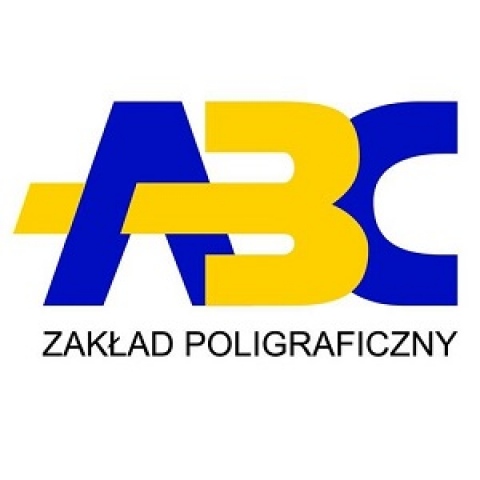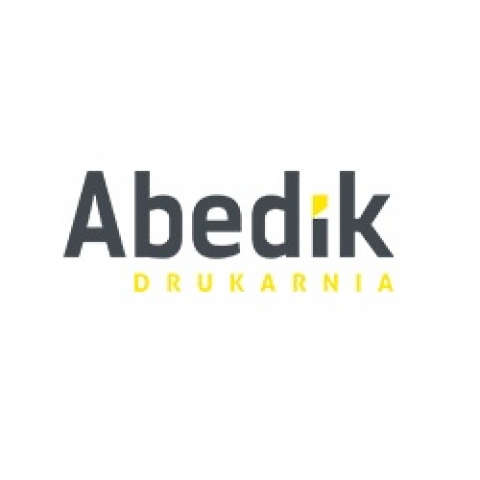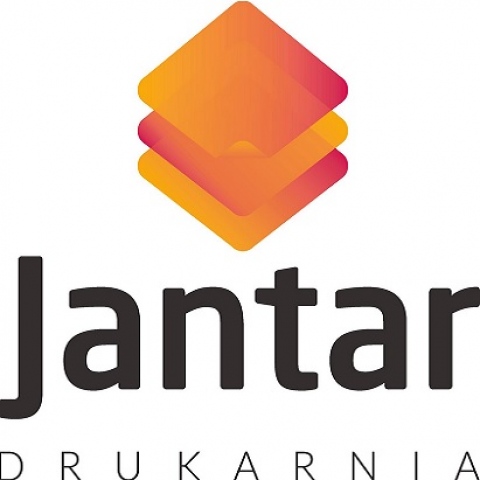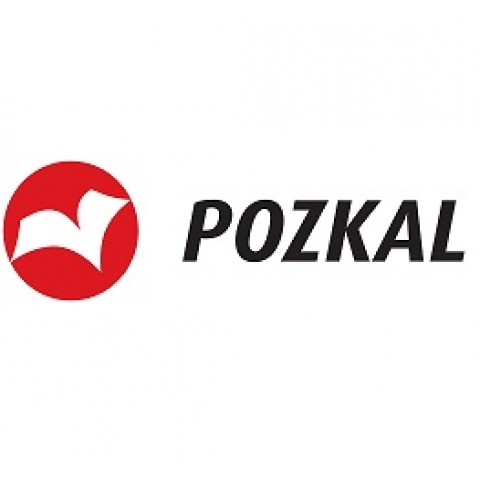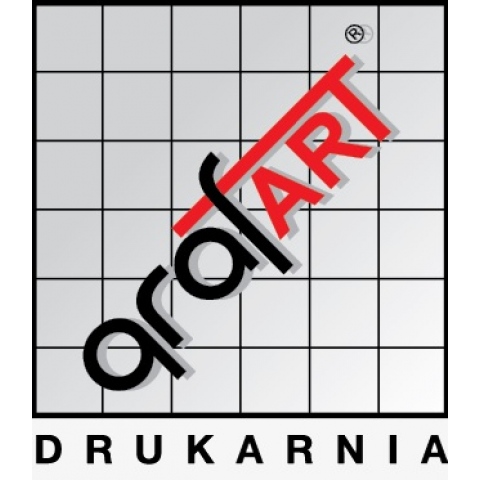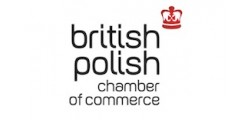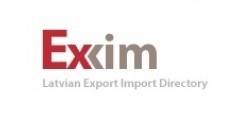Selected categories:
- Publishing, printing and reproduction of recorded media
Print shops, printing houses, print Poland
We are one of the oldest and most experienced
printing houses in Warsaw. We have fully automated
production processes from checking printing files
to printing. A modern and extensive fleet of
machines enables fast and economical printing.
A well-equipped bookbinding shop allows for the
...
A-ROCH-ART
02-786 Warszawa
mazowieckie, Poland
AB DRUK Sp.j.
97-200 Tomaszów Mazowiecki
łódzkie, Poland
ABIDRUK Poligrafia
01-445 Warszawa
mazowieckie, Poland
Help needed ?
If you have not found the desired product, company, service or the searching results are not satisfactory for you, do not hesitate to contact us and tell what you are looking for or what you need. We will send your inquiry directly to the interested companies.
Write to us
See also industries
Did you know that:
The printing and graphic arts industry in Poland plays a key role in the economy, offering a wide range of services, from packaging printing to the production of advertising materials, books, magazines, and educational resources. Poland is one of the largest printing markets in Central and Eastern Europe, making it an important center for the production and distribution of printing services in the region.
Development of the Printing Market in Poland
Over the last few decades, the Polish printing market has undergone significant transformation. These changes have been driven by the introduction of modern printing technologies, such as digital printing, offset printing, and 3D printing. These technologies have enabled printing houses to offer flexibility, fast production, and the ability to personalize services. As a result, the Polish printing market has become more competitive and better adapted to the needs of clients.
Market Segmentation
The Polish printing market can be divided into several key segments, each characterized by different requirements and production specifics:
-
Offset Printing – This is one of the oldest and most commonly used technologies in printing, mainly used for the production of books, newspapers, catalogs, and leaflets. It is known for high print quality and cost-effectiveness in large runs.
-
Digital Printing – A technology that is gaining popularity, especially among small and medium print runs. It is used for producing personalized materials such as invitations, business cards, posters, and labels.
-
3D Printing – Although still in its early stages of development, 3D printing is becoming increasingly popular, especially in the advertising, educational, and prototype production industries.
-
Packaging – Producers of packaging, especially cardboard and plastic packaging, are an important part of the Polish printing market. The growth of e-commerce and increasing environmental demands have influenced the development of innovative packaging that requires advanced printing technologies.
-
Advertising Materials – The printing industry also offers a wide range of services related to the production of advertising materials, such as banners, posters, billboards, roll-ups, and A-boards, which are essential for company promotions.
Challenges in the Printing Market
The Polish printing market faces many challenges. On one hand, increasing competition both domestically and internationally, and on the other hand, changing consumer preferences and environmental demands, are pushing companies to invest in more eco-friendly technologies. Moreover, rising costs of raw materials, especially paper and energy, as well as the issue of finding qualified workers, are significant barriers to the development of the industry.
What Does the Future Hold for the Printing Market in Poland?
The future of the printing market in Poland is linked to the continued development of technology and adaptation to global trends. Digital printing, product personalization, and the use of modern solutions such as 3D printing and eco-friendly printing will dominate the industry in the coming years. It is expected that, in response to the growing demand for sustainable production, Polish printing will need to intensify efforts in the areas of ecology and sustainable development, offering more environmentally friendly products.
It is also worth noting that the growing role of e-commerce and globalization means that Polish printing companies can expect increasing demand from international firms looking for printing services in Eastern European markets.
Conclusion
The printing industry in Poland is a dynamically developing sector that continuously adapts to new technologies, changing consumer needs, and market trends. Challenges related to ecology, production costs, and increasing competition are important issues requiring innovative approaches. Despite these difficulties, the Polish printing market still has great potential, and Polish printing houses are gaining significance both on the domestic and international markets.

 pl
pl  en
en  de
de  es
es  fr
fr  it
it  pt
pt  ru
ru  sv
sv 
